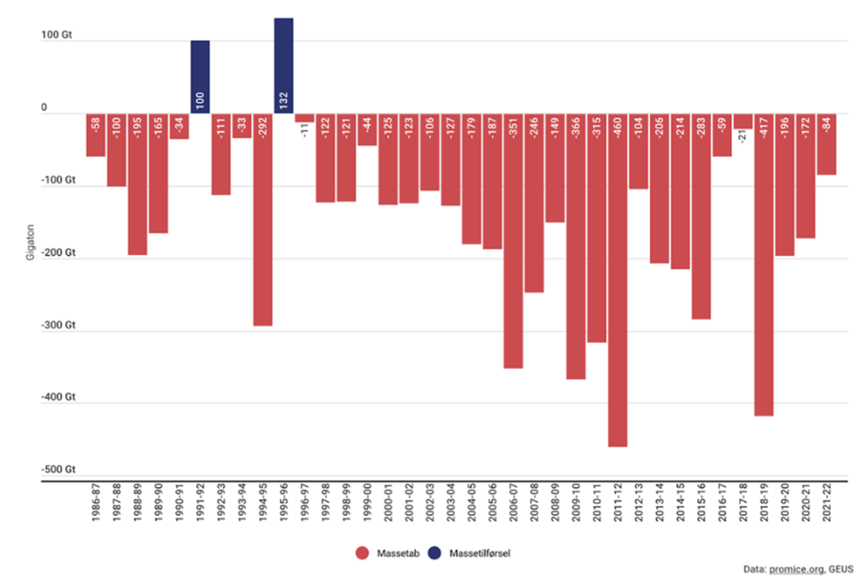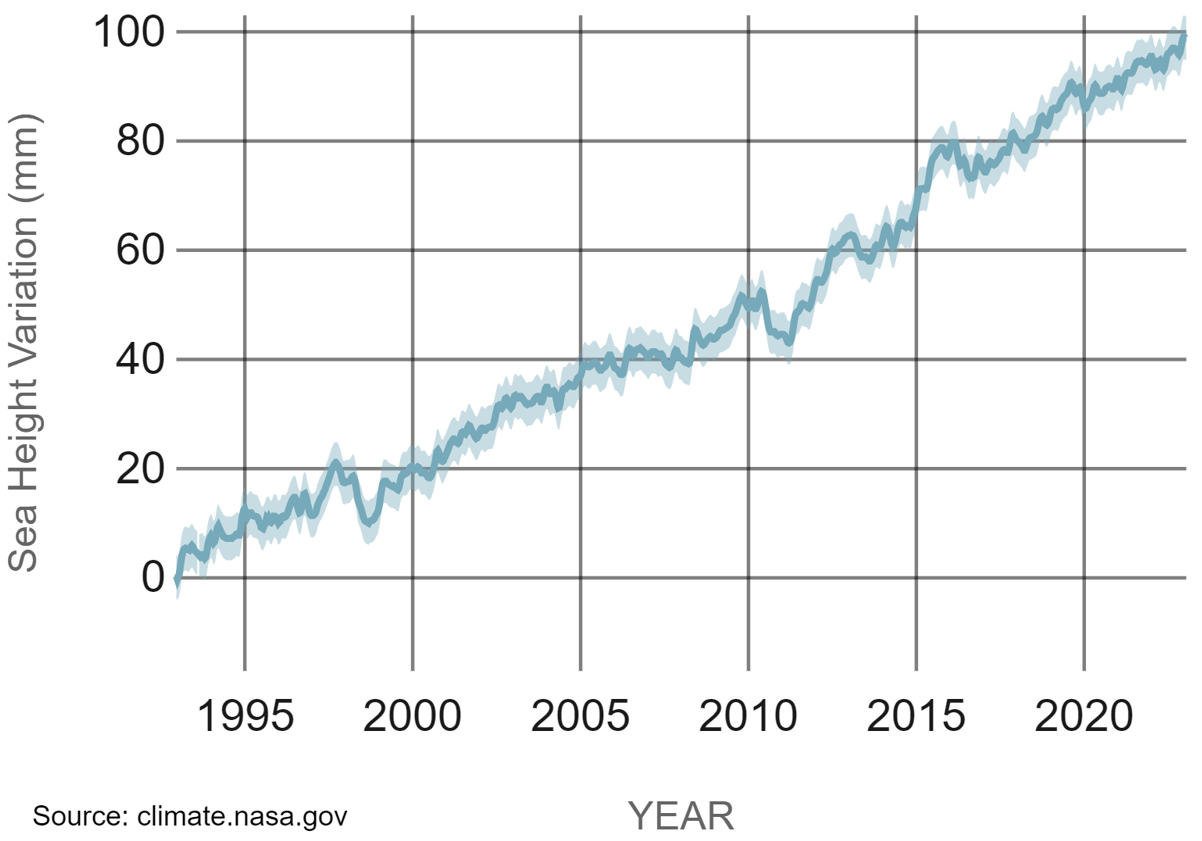
The media all over the world are making headlines, telling us that the Greenland Ice Sheet is melting at an accelerating speed. The data for melting of the Greenland Ice Sheet, however, give us no basis for such a conclusion, says guest author Jørgen Keinicke.
The climate of Greenland is, just like the climate of the Arctic, fluctuating in long waves. They both had a top in 1940. Greenland had a top again in 2010 and the Arctic in 2016 (see fig.1).

Fig. 1: Annual temperature anomalies in the Northern Polar Region, data from HadCRUT, as shown in Climate4you
The satellite data for the melting of the Greenland Ice Sheet happen to start at the bottom of the wave in the coldest period in the last hundred years (in the late 1970’s). Hence, curves based on satellite data only, appear to show continuous melting, in sync with the rising CO2-levels of the atmosphere.
The temperature in Greenland reached its maximum in 2010 and the Greenland mass loss reached its peak in 2011/2012. The melting in the following 10-year period is remarkably lower than that of the previous decade, see fig. 2.
Melting season Total mass loss including loss by calving
2002/2003 to 2011/2012 2.486 Gt
2012/2013 to 2021/2022 1.756 Gt

Fig. 2: The yearly changes in the mass of the Greenland Ice Sheet, in gigatons. Red is losses, blue gains. Source: GEUS
Southeast Greenland was mapped from the air in great detail during the early 1930’s because of a dispute with Norway. A climate study from the University of Copenhagen has used the many aerial photos to document that the glaciers have withdrawn in the warming period in the thirties to the same extend as in the 2000’s.
The temperatures in Greenland are fluctuating and the ice melt is to a great extent following the temperature. Since 2010 it has been colder in Greenland and the yearly mass loss has correspondingly been reduced.
NASA shows that the speed of the sea level rise has also been lower since 2016 (fig. 3).

Fig. 3: Sea level as measured by satellites, 1993-present. Source: NASA
In a special report about the polar region, IPCC tells us that the Arctic surface air temperature likely has increased by more than double the global average over the last two decades. This is too short a period to make a fair evaluation, because the climate in Greenland and Arctic is fluctuating. By only using satellite-based data, you similarly will arrive at incorrect conclusions.
